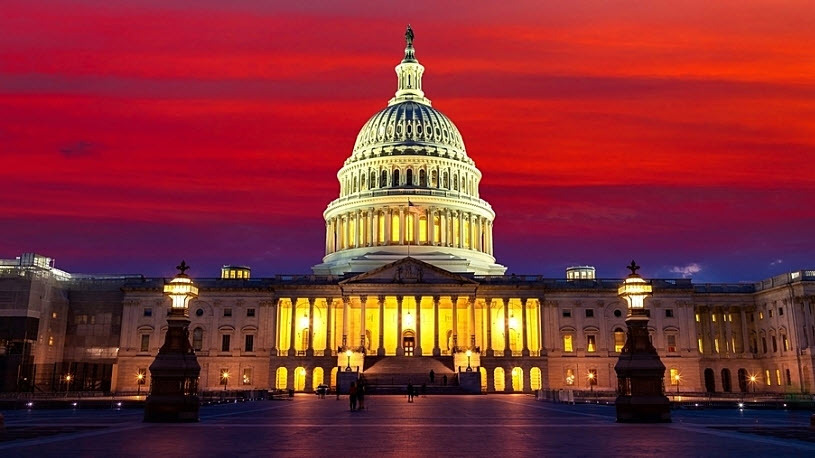Key Details on New SECURE 2.0 Retirement Plan Guidance, Part 2
Part of a series | SECURE 2.0 Act Insights

SECURE 2.0 changed retirement planning for small businesses and their employees. In Part 2 of this blog series, get further clarification on certain provisions based on updated IRS guidance — from employer Roth contributions to terminal illness distributions and more.
The IRS recently issued Notice 2024-02 containing much-anticipated retirement planning guidance regarding SECURE 2.0 provisions. Part one of this series, Key Details on New SECURE 2.0 Retirement Plan Guidance, is recommended reading. Part two, below, reviews Safe Harbor clarifications, plan amendment deadlines and more.
Employer Roth contributions
The SECURE Act 2.0 added the ability to make employer match and non-elective contributions as Roth contributions when contributed to a plan. Notice 2024-02 provides that the following criteria must be met:
- Participants must make an election no later than when the contribution is allocated to their account.
- The election is irrevocable.
- They are taxable and reportable on a 1099R in the year they are contributed.
- Participants must pay taxes out of pocket (no withholding).
- Participants must be fully vested when contributing.
Terminal illness distributions
For terminally ill individuals, SECURE 2.0 created a new exception to the 10% early distribution penalty tax. To qualify for this exception, the distribution must be made on or after the date on which the individual has been certified terminally ill by a physician. An employee can claim the early distribution on their personal taxes once they have received the appropriate certification.
Any or all of the distribution from their retirement plan may be recontributed during the three-year period beginning on the day after the distribution was received.
Safe Harbor correction method for elective deferral failures
SECURE 2.0 provided for enhanced provisions for correcting errors in implementing a participant's salary deferrals in a timely manner. Notice 2024-02 allows for corrective contributions to made at a reduced rate to both active and terminated participants. The permanent Safe Harbor is available for failures where the employer implements correct deferrals on the first compensation paid after the earlier of:
- The 9½-month period following the plan year during which the error occurred
- The month following the month in which a participant notifies the employer of the error
Under the guidance, if a corrective matching contribution is also due, that matching contribution must be made by the last day of the sixth month following the month in which correct elective deferrals begin.
Transition from SIMPLE IRA to Safe Harbor 401(k) or 403(b) plans
Employers may terminate a SIMPLE IRA plan at any time during a plan year and replace it with a Safe Harbor 401(k) or 403(b) plan. The employer must formally document the termination date of the Simple plan, and the Safe Harbor plan's effective date must be the day after the SIMPLE plan's termination date.
The employer must notify employees at least 30 days before the termination date of the Simple plan that deferrals may not be contributed into the plan after the termination date. The Employer must also provide a safe harbor notice to employees informing them of the safe harbor 401(k) plan and how to enroll.
Plan amendment deadlines
Notice 2024-02 provided an updated deadline for the plan sponsor to adopt amendments reflecting SECURE 2.0 provisions. Generally, plans must be amended by December 31, 2026;
- Union plans have until December 31, 2028,
- Governmental plans have until December 31, 2029.
Improving retirement readiness
With the newly released guidance, it's an opportune time to review your plan options. To learn more about ADP retirement plans, visit adp.com/401k.
ADP, Inc., and its affiliates do not offer investment, tax, or legal advice to individuals. Nothing contained in this article is intended to be, nor should be construed as, particularized advice or a recommendation or suggestion that you take or not take a particular action. Questions about how laws, regulations, guidance, your plan's provisions, or services available to participants may apply to you should be directed to your plan administrator or legal, tax or financial advisor. M-521925-2024-04-03



